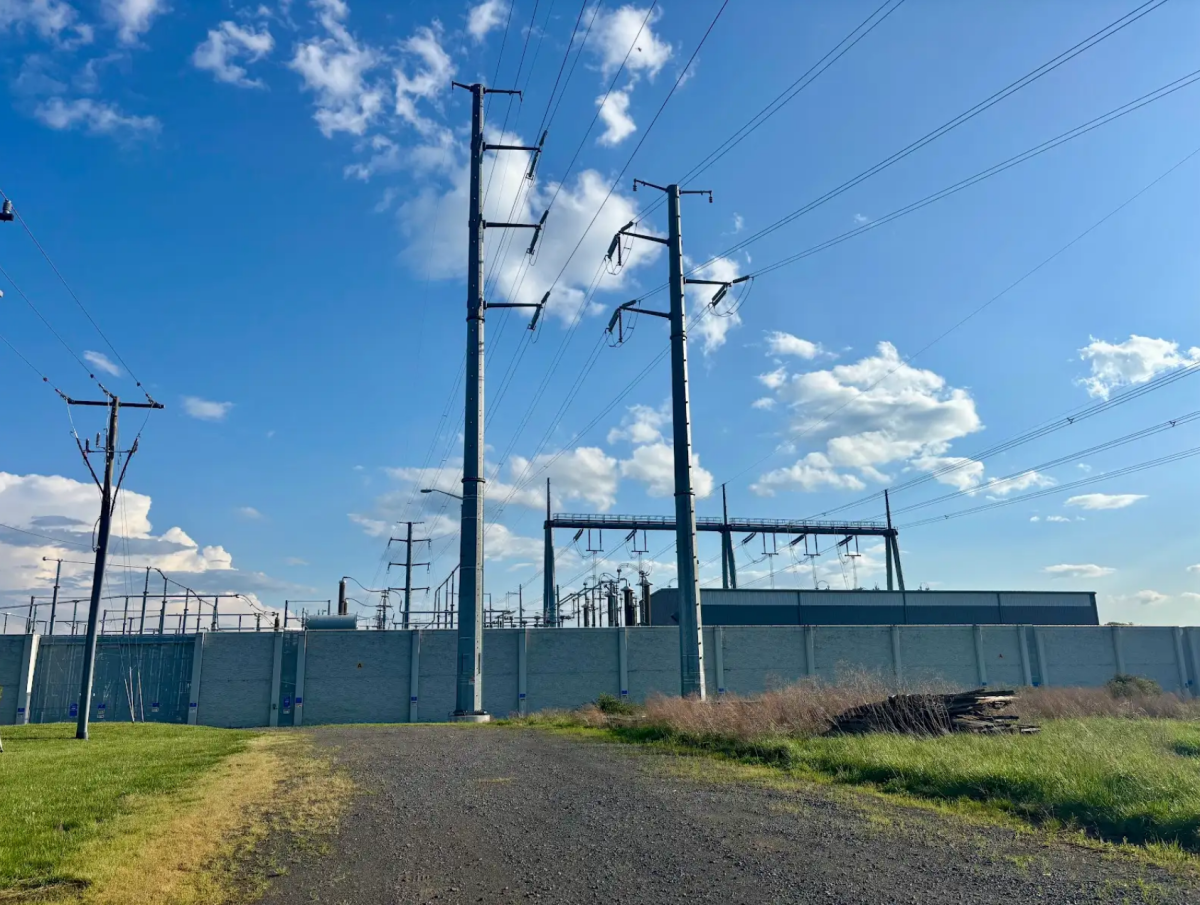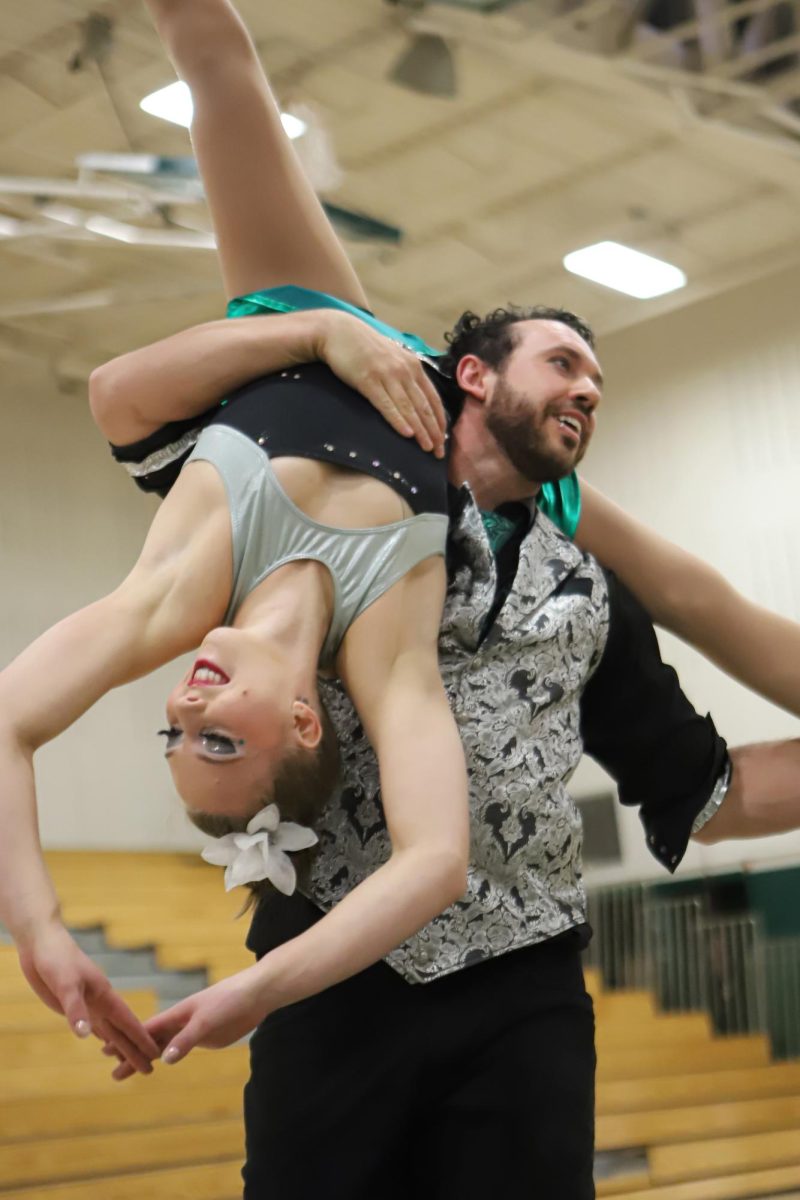LOS ALAMITOS, CA — The EMTs press the oxygen mask to the face of the patient, frantically performing CPR as the beeps from the heart monitor grow fewer and farther between. They raise the paddles of the defibrillator and shock the patient to no avail.
In a real-life scenario, the patient would be dead. But, luckily, this isn’t a real patient. And these aren’t real EMTs (yet). This is just a training simulation in Los Al’s new state-of-the-art ambulance simulator, and the “patient” is the brand-new dummy that students in Los Al’s EMT, EMR, and Fire Technology classes are able to use.
The ambulance simulator was just installed Jan. 23, and since then, students at Los Al have been able to use this first-class training technology to learn how to save lives. The purchase was facilitated by North Orange County ROP which collaborates with five school districts, including Los Al, to offer career technical education coursework to students.
“By being in the ambulance, my EMR class has a more real-world view, which makes me more acclimated to performing under pressure,” shared junior Siena Laws, who is currently taking the EMR class at Los Al.
The new simulator is the exact specifications of a real-life ambulance without the front cab. It contains state-of-the-art equipment where students can practice using a suction to clean up imaginary body fluids or remove objects obstructing the dummy’s airway, an air compressor that lets students apply a fake oxygen mask, a safe for fake medicines, and a workable gurney. Additionally, the mannequin that students practice on is equipped with new advanced features including the ability for their teacher to input different pulse rates and give orders for the pupils to dilate and expand.
“The real advantage is the simulation mannequin because I can actually punch in different vital signs. I don’t have to just tell [the students] ‘Oh, this is what’s happening.’ They can feel for themselves,” said Ryan Weatherman, ROP EMT Program Director and teacher of FireTech/EMT/EMR.
Additionally, the students must learn to work within the cramped ambulance with up to six people, not including the patient, as they would have to in a real situation.
“It feels much more real with an ambulance simulator than it does just learning the skills in a classroom or even in a hands-on setting because we are forced to work with a small space just like it would be in the field,” Laws said.
Part of the hope for many of these students is that using this kind of equipment will help foster confidence in the field, as many plan to become EMTs themselves. As Ryan Weatherman put it, if you are calm, your patient will also be calm.
“There’s like the old adage of fake it till you make it, and sometimes it’s kind of swept under the rug. But it really is true,” said Weatherman. “In the next three months, some students in the next three months could be walking in their first emergency on their first call.”
Although there are obviously immediate benefits for those planning on becoming EMTs, many students entering the medical field in any capacity will also benefit.
“If you want to be a doctor or a nurse, you have to have a patient care context,” shared Mr. Weatherman. “A lot of times, some of those come in the form of volunteering at a hospital. But a really good option is to become an EMT, because you get the patient contacts, you also get paid to do it.”
As an increasing number of students choose to attend 4-year colleges in the more traditional route, others may feel forced into a mode of education that doesn’t benefit their particular skill set and future career aspirations. The ability to take these EMR/EMT/FireTech classes allows students to learn technical skills that can allow them to graduate directly into the workforce. Students can become certified in the class to be EMTs through 186 hours of classwork, a pass on the skills exam, and through taking the national registry test.
“There are some students who [believe that] maybe the traditional route isn’t for them,” said Mr. Weatherman. “Just being able to enter the workforce, and actually be able to serve not only the community, but also many students serve the community that they’re educated in.”
This story was originally published on Griffin Gazette on March 25, 2024.



































